
Capturing the Dream: Equine Photography with Amy McCool
Blog
Capturing the Dream: Equine Photography with Amy McCool
Equine photography captures the connection between horse and rider, the beauty of the horse, and the magic of the everyday moments. Amy McCool of McCool Photography has built her career as an international equestrian photographer by capturing stunning images of equine athletes and the horse and human connection. In Amy’s images, we see the heart of the horse and the human, and the everyday moments that inspire joy.
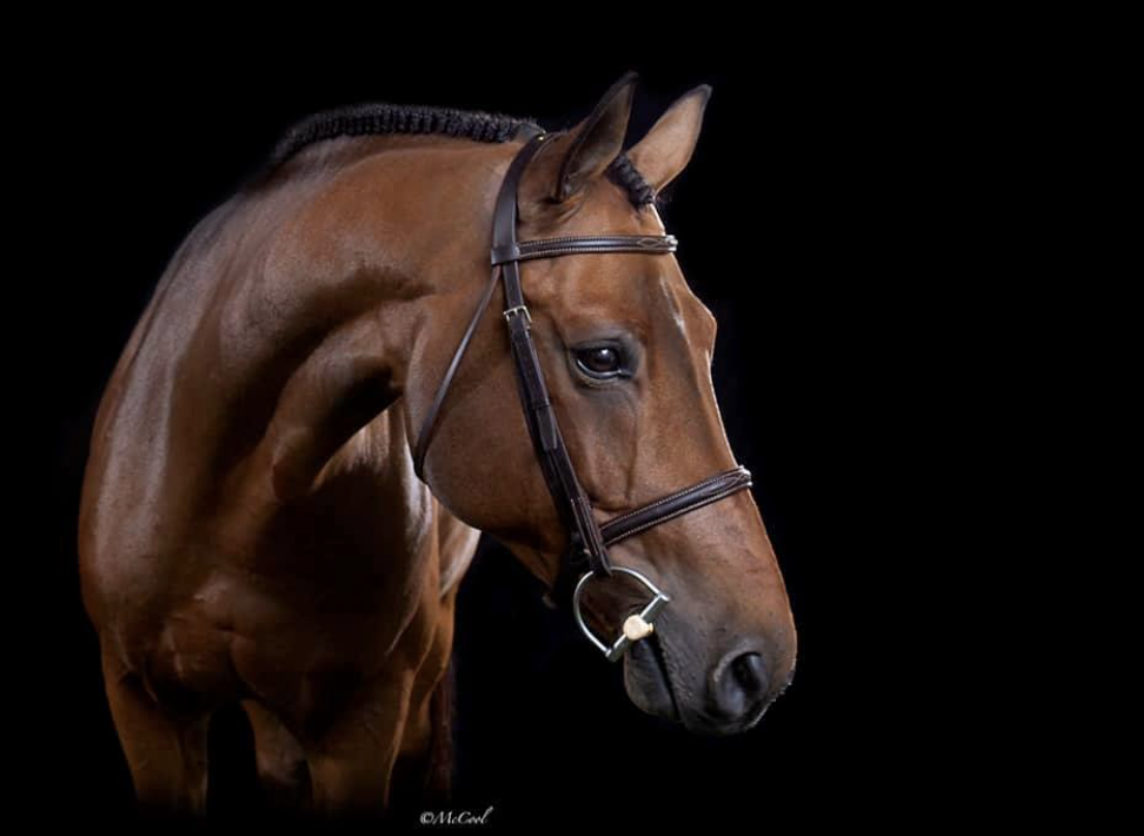
An equine portrait. Photo: McCool Photography
Amy’s Career Path
Amy originally intended to become a teacher, the idea of having summers off appealed to her. She was a psychology major at Oregon State University, when a chain of events that began with the loss of a beloved dog during her junior year changed her career trajectory. Amy reevaluated her life and direction and decided to try photography, even though she had never really picked up a camera.
The year was 2000 and Amy bought a camera and added photography as a minor. She dove into film developing and printing, learning all the nuances of the industry while honing her skills as a photographer.
After graduation, Amy became a full-time equestrian photographer and travels throughout the world to shoot shows and for private clients. When she learned to be a photographer, it was about film, the darkroom, exposures, and light meters. She marvels at how many professional photographers today don’t understand the mechanics of photography, with digital photography eliminating the need for understanding some of those processes.
The lower barrier to entry has also created an influx of professional photographers and made it a saturated career choice for those newer to the field. It’s still possible to enter the field and become a successful photographer, but it’s much more competitive. Those that succeed move beyond taking a photo and instead offer a window to the soul of their subject.
“The best part of the job is being able to capture and reflect back the connection and emotion between human and animal,” Amy says. “I've always said, since day one twenty years ago when I first started my career, if the day ever comes that this connection that I witness and capture doesn't provoke a tear in my eye, that's the day I should put away my camera and move on.”
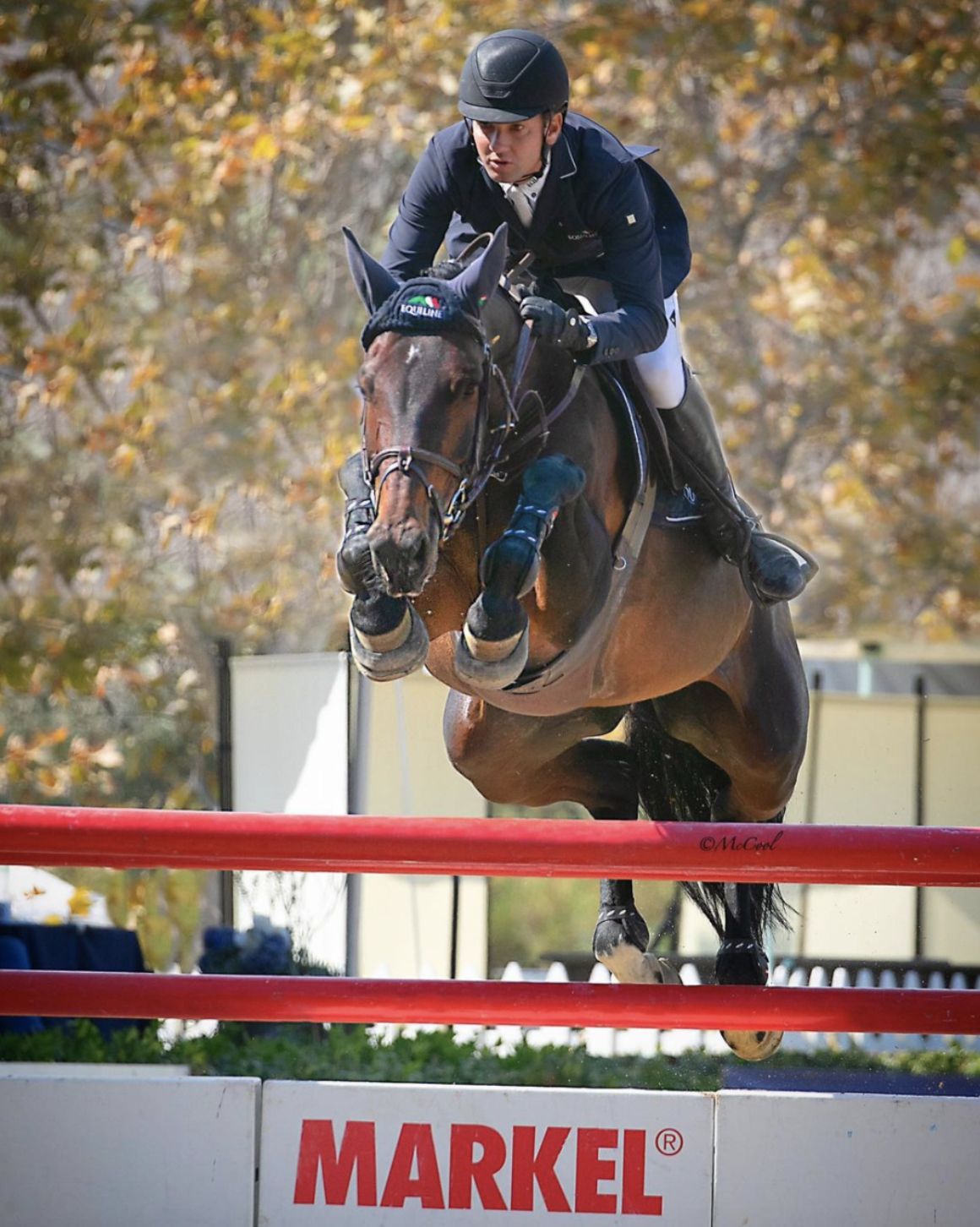
Flying high in September 2021. Photo: McCool Photography
Photography 101 with Amy McCool
We always have a camera with us, thanks to our Smartphones’, and there are many entry-level affordable “big cameras” on the market today. Many of us are constantly capturing photos of our horses, families, and environments. But it takes skill and practice to produce images that show a horse in their best light. The good news is that the cameras improve with each new generation, and we can improve our photos with some simple steps. Amy offered some tips that we can all apply.
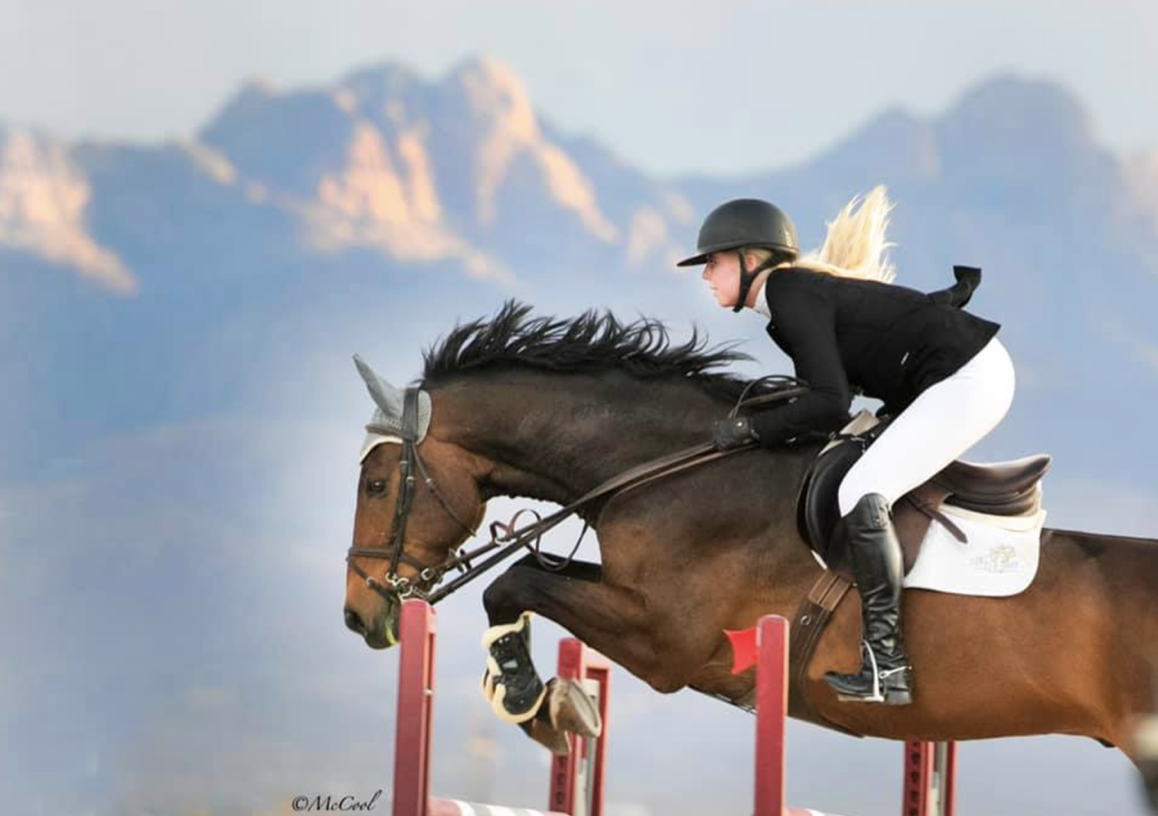
“Think about the timing if it’s a subject in motion, and whether or not there’s something evocative to capture.” Amy shot this at an event in Tuscon. Photo: McCool Photography
First, you want to think about the basics while you’re taking a photo. These are lighting, the camera settings and the focus, the composition, the background, the timing if it’s a subject in motion, and whether or not there’s something evocative to capture (recognizing that this is a subjective question to answer).
“Don’t get in the bad habit of looking at the photo on the back of your camera that you just took,” Amy says. “You may very well miss the next money shot.” Keep taking photos while the opportunity is there, and then you can review them all later. Professional photographers take thousands of photos and carefully evaluate them all to find the best.
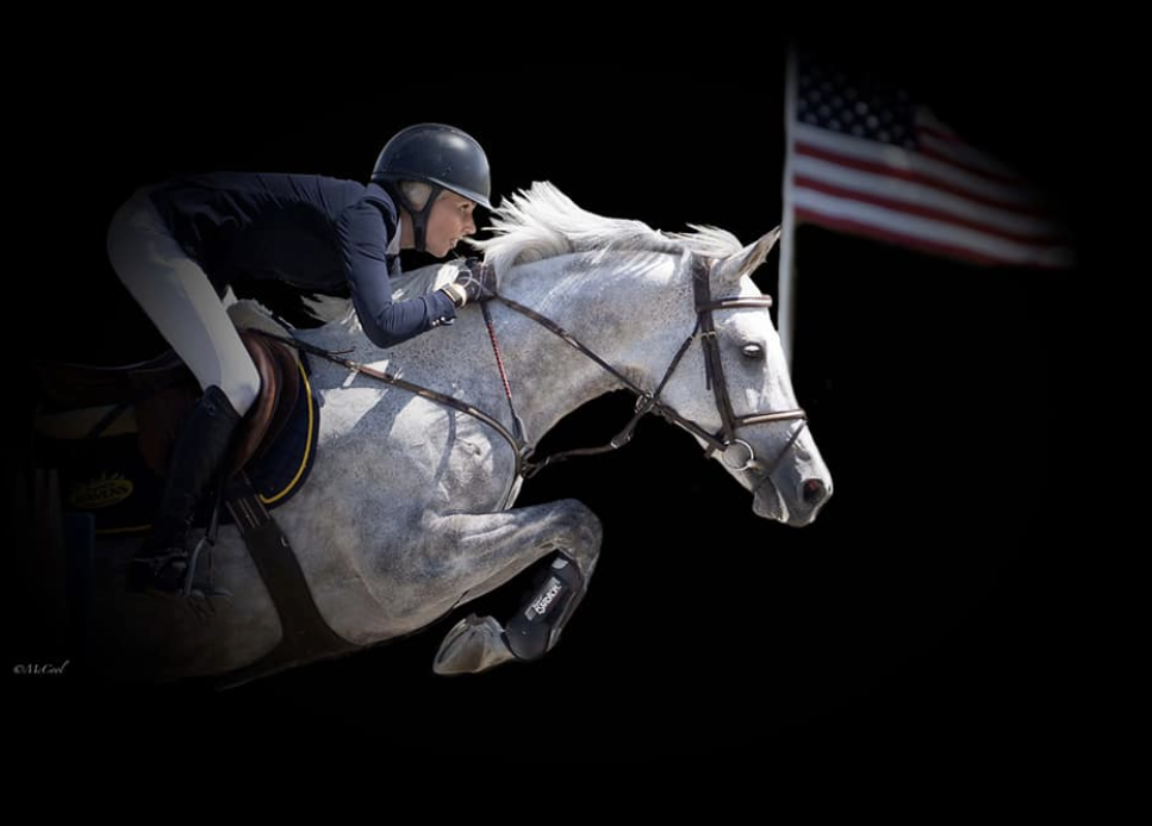
“Keep taking photos while the opportunity is there, and then you can review them all later.” This is Natasha Traurig and Jolia BH. Photo: McCool Photography
With equine photography, conformation photos are different from action shots, as Amy mentioned when covering the basics. “Conformation shots are telling a different story than action shots are. Action shots and candids are showing the viewer the athleticism and the connection. Conformation shots are showing you the way the horse is put together, and every horse is different.”
The background for conformation shots should be carefully selected and must be non-distracting. It should not be too close to the horse, or it becomes distracting. “The further your subject is from the background, the more softened the background will turn out in the photo,” Amy says. “You don't want your focus on anything but the horse. The background is there to enhance, not overpower. I prefer a natural background, i.e., trees, sky, colors, barns in the distance, or textures. Again, all nice and soft in focus to enhance the photo and allow the subject to sharply stand out. I also like to kneel down when I shoot. This perspective makes the horse look grander.”
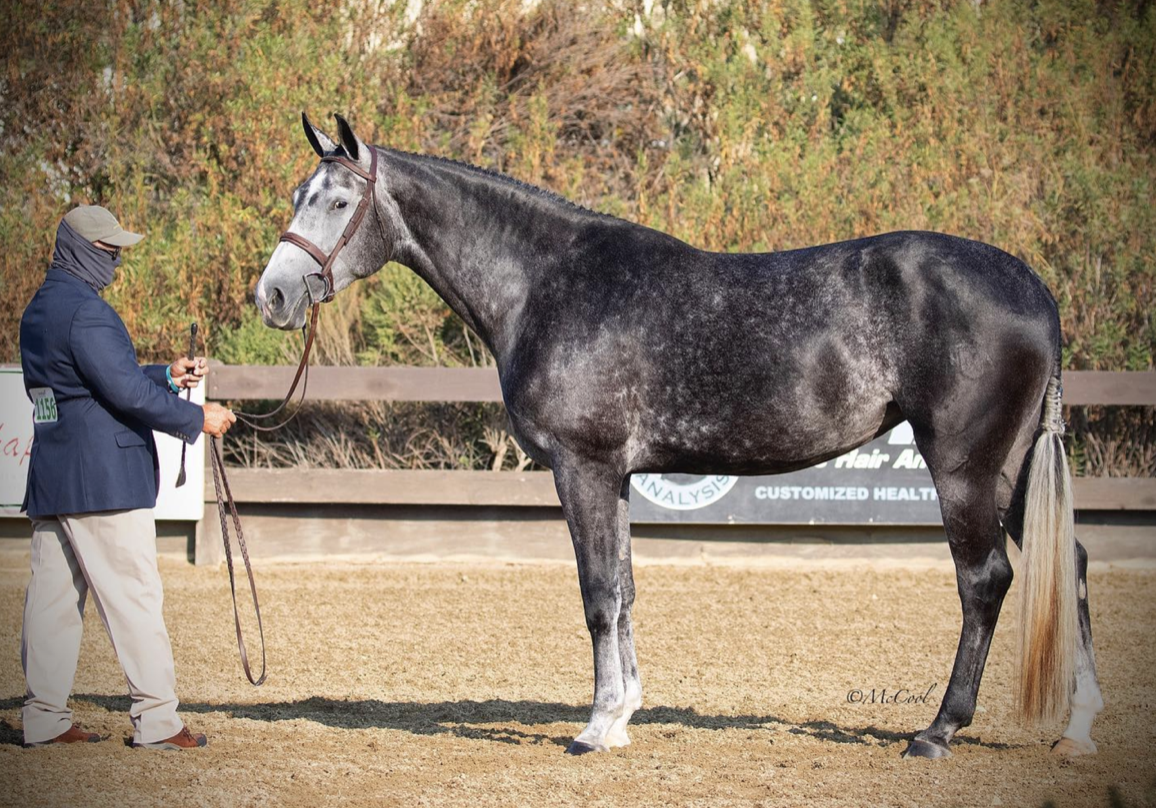
“First, you want to think about the basics while you’re taking a photo. These are lighting, the camera settings and the focus, the composition, and the background.” Photo: McCool Photography
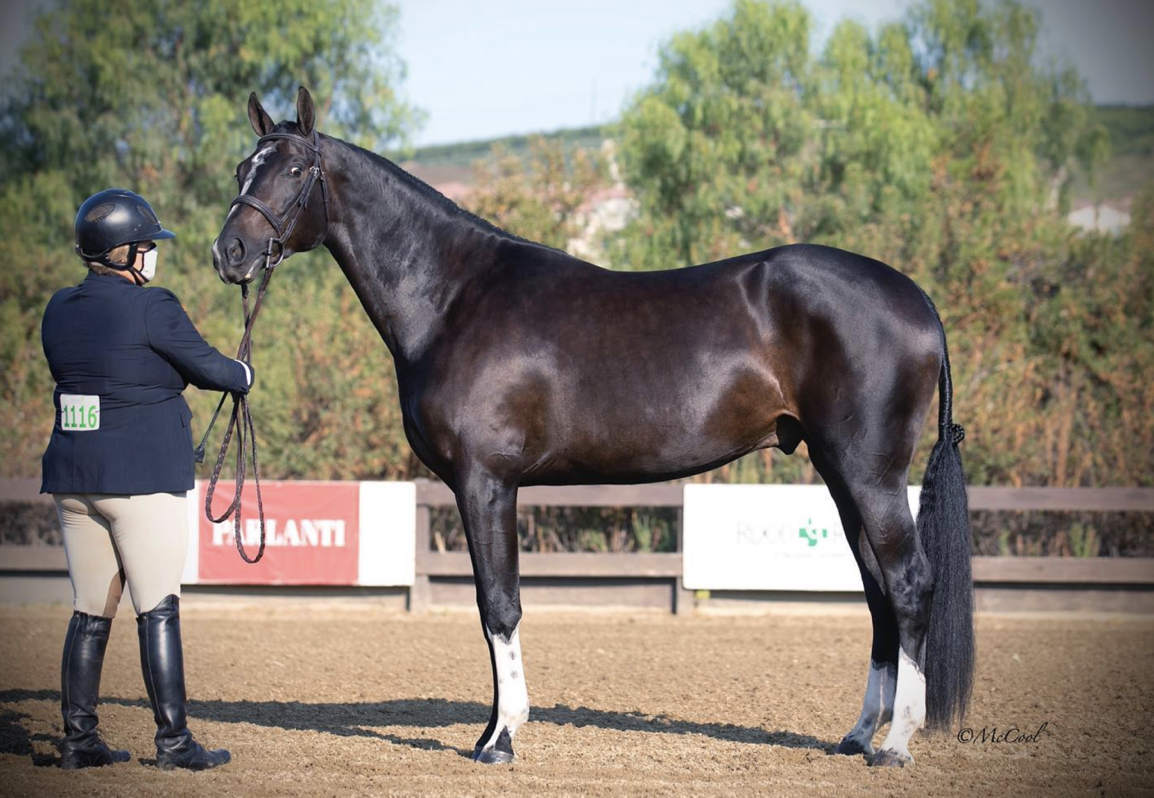
“Conformation shots are showing you the way the horse is put together, and every horse is different.” Photo: McCool Photography
The challenge is putting all this information together and taking exceptional photos in the moment. Amy’s advice is to practice, practice, and practice. “Apply the basics, and then pay attention to backgrounds and whether or not you are enhancing the good or potentially not so good parts of your horse.”
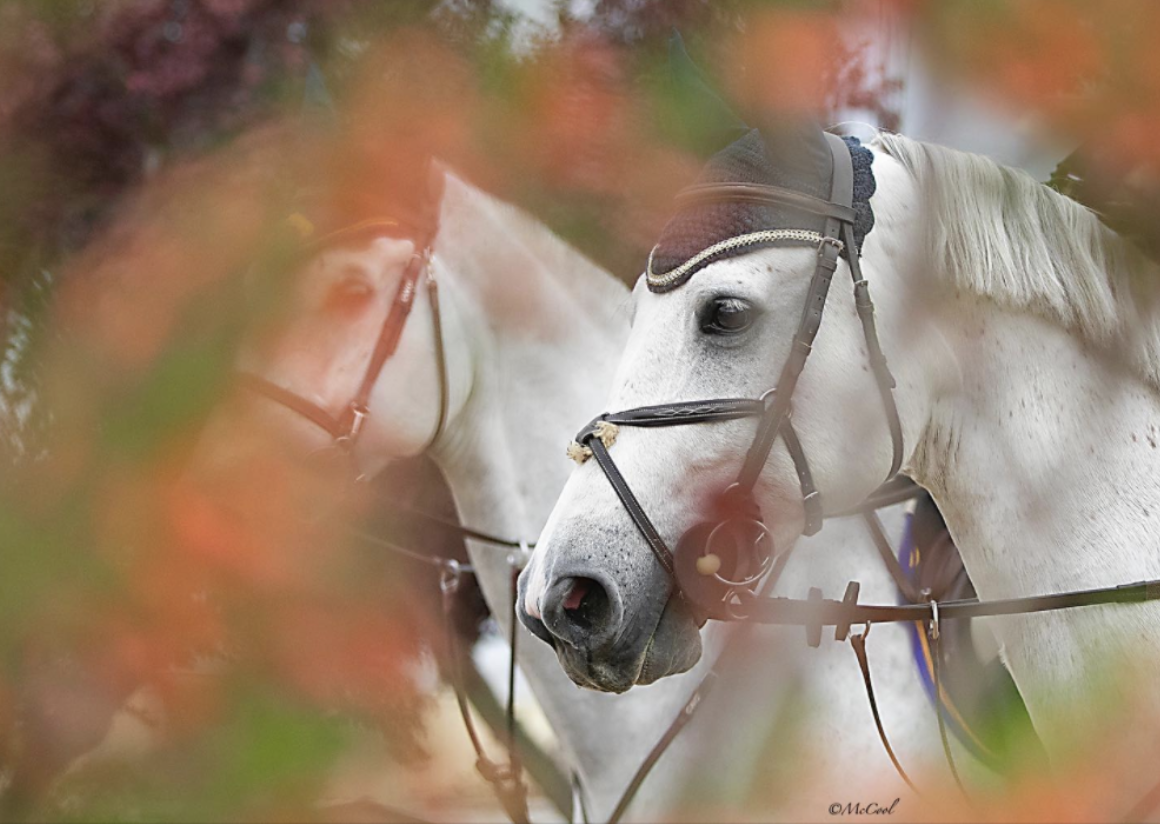
An artistic shot with the fall colors at the Autumn Classic at the Murieta Equestrian Center. Photo: McCool Photography
There are many online photography courses available – with varying time commitments – that offer basic photography, the rule of thirds, and how the reciprocity between shutter speed and aperture and using the ISO to soften the background with the camera’s settings. “Look for that emotion and connection when you can,” Amy says. Finding that emotion and connection, in addition to understanding the basics, will help improve the photos you take.
Finally, Amy encourages those taking photos to ask questions. “I'm happy to give tips and advice and have always considered offering mentoring at horse shows where I'm shooting. Feel free to reach out,” she says.
Photography captures moments of our lives and reminds us of the magic for years to come. A photo captures the dream, and it is said that a picture is worth one thousand words. The photos that Amy McCool captures demonstrate the emotion and connection between horse and rider. Words are not needed. At the end of the day, that is how we all want to be remembered, for the best parts of ourselves.
To learn more visit McCool Photography Website! Instagram!
